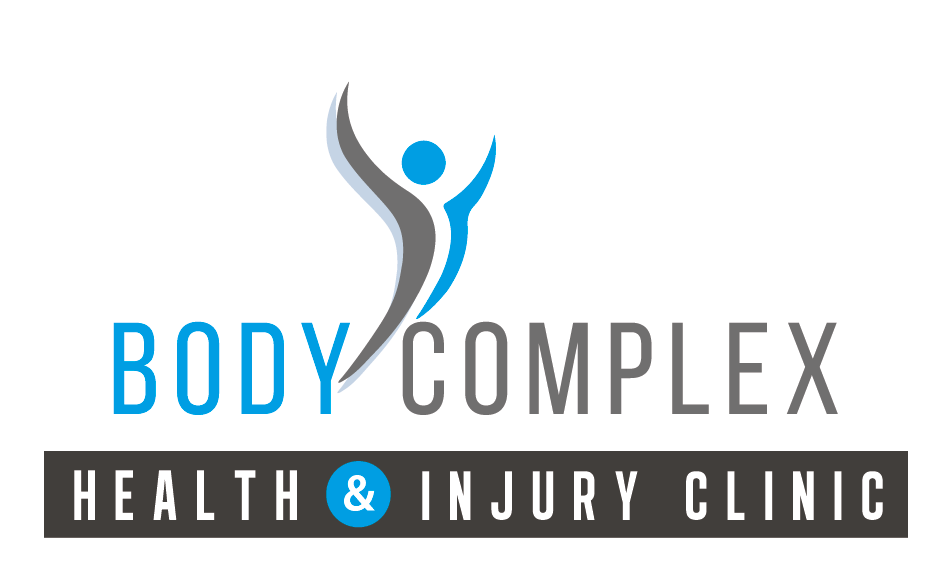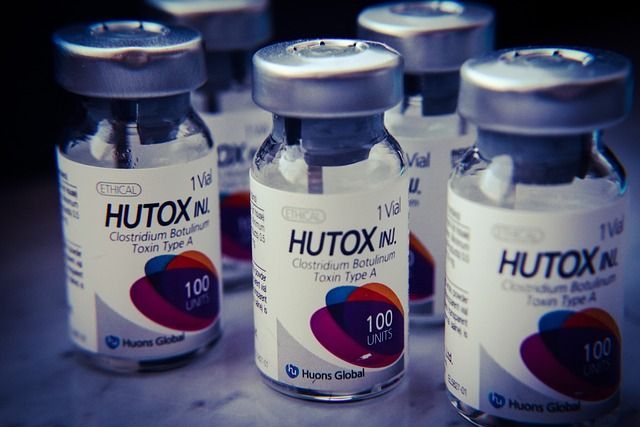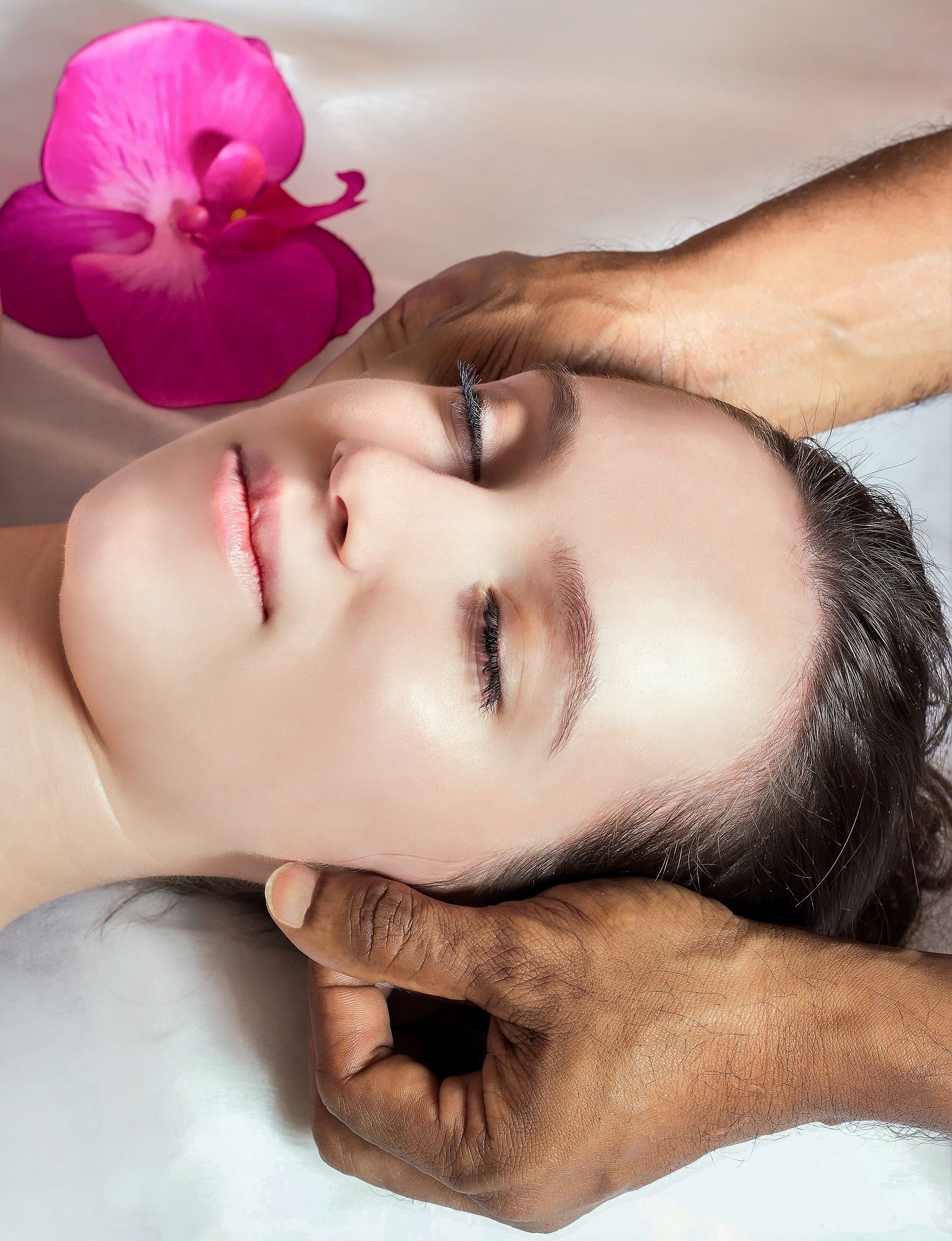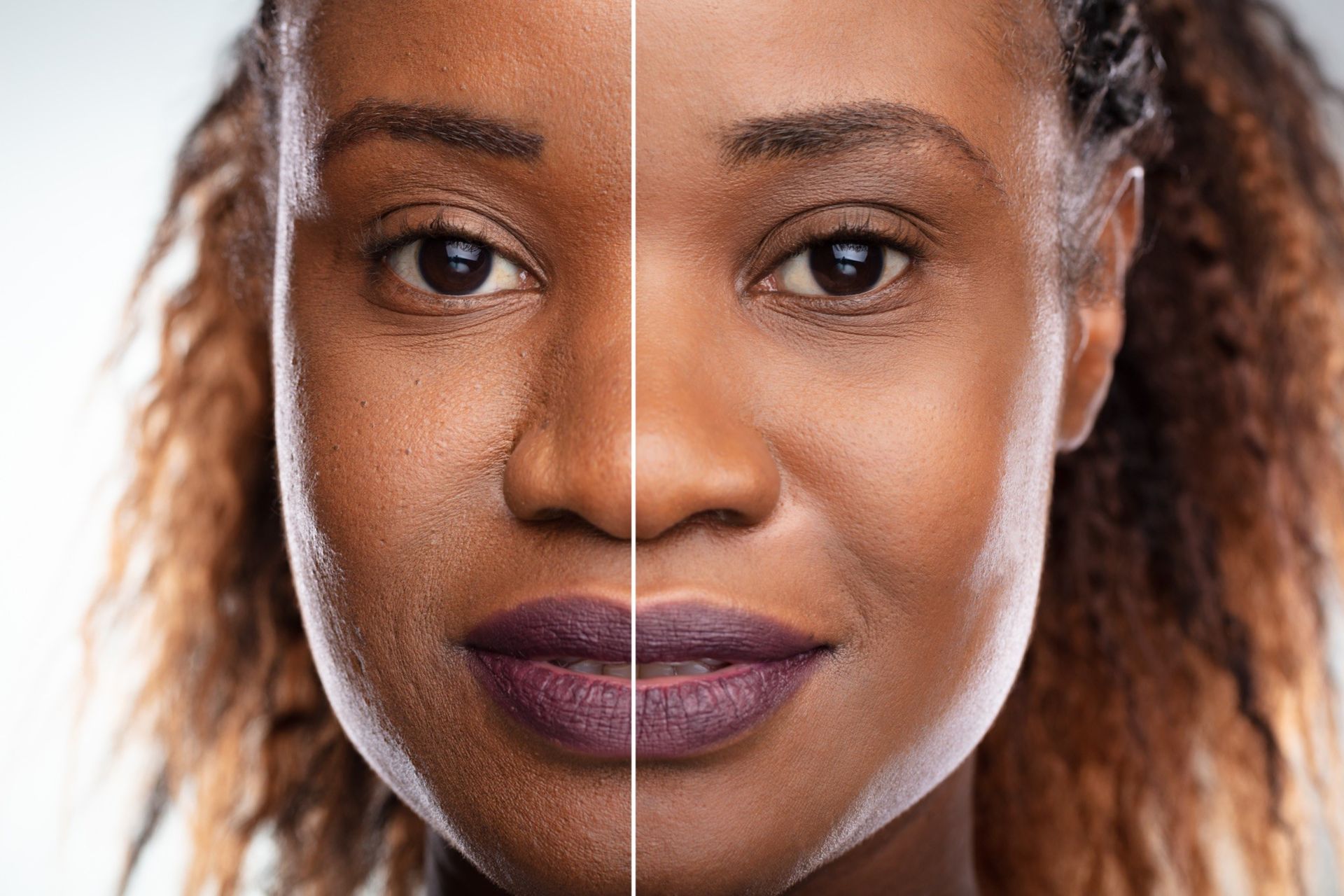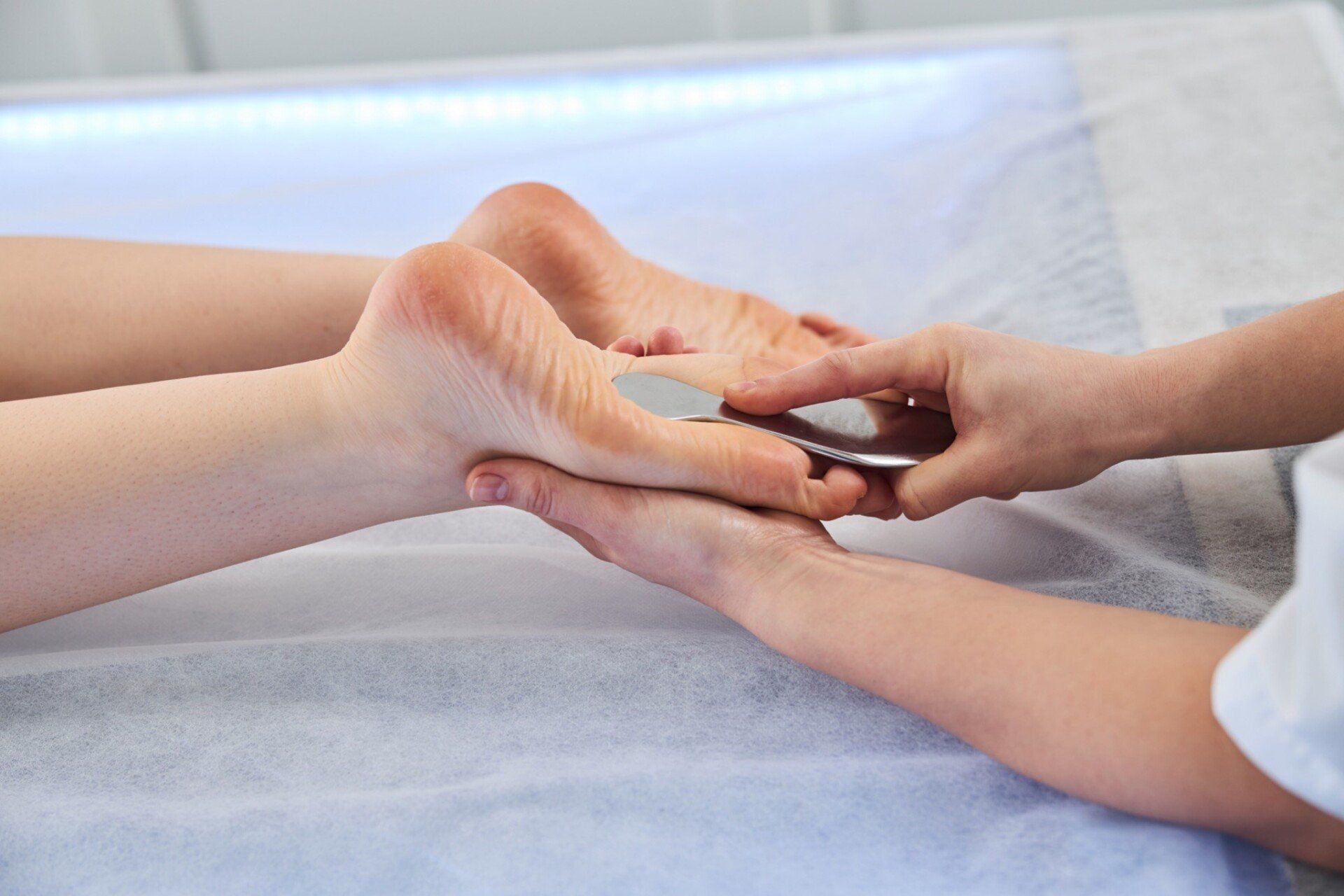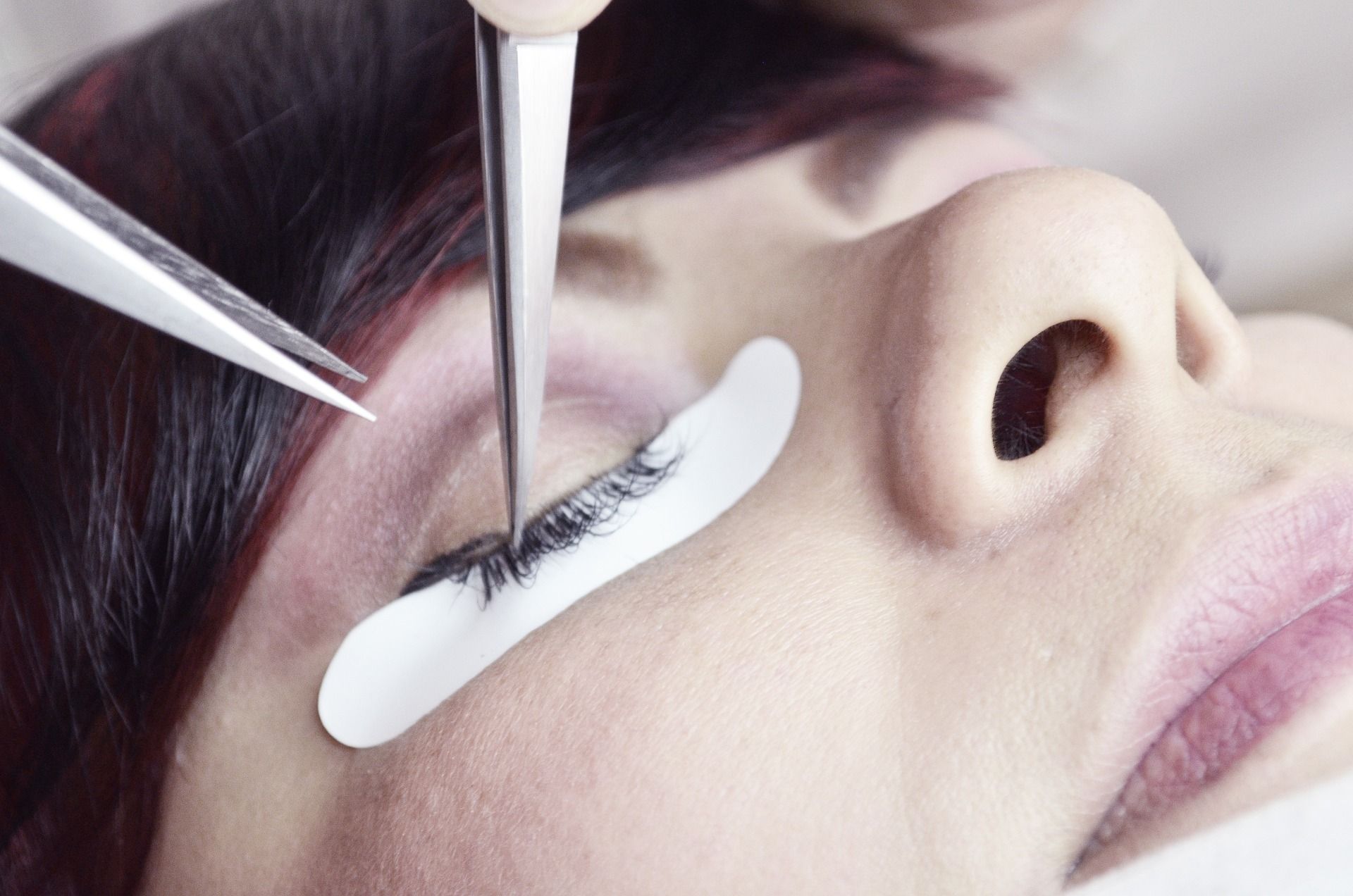Everything You Need to Know About Dry Needling Therapy
Discover the Benefits of Dry Needling Therapy: Alleviate Pain, Enhance Recovery, and Improve Your Quality of Life
Dry needling therapy is a treatment that's gaining popularity in the field of physical therapy and sports medicine. It's a technique that involves inserting thin needles into trigger points or knots in the muscles to alleviate pain and tension. In this blog post, we'll cover the benefits of dry needling therapy, how it works, and what to expect during a session.
Benefits of Dry Needling Therapy
Dry needling therapy can be an effective treatment for a variety of conditions, including chronic pain, muscle spasms, and sports injuries. The therapy can help to improve blood flow, reduce inflammation, and promote the body's natural healing processes. Additionally, dry needling therapy can also help to improve range of motion and flexibility in the affected areas.
Trigger Point Dry Needling
Trigger point dry needling is a specific type of dry needling therapy that targets trigger points in the muscles. Trigger points are areas of the muscle that are tender and may be associated with pain or discomfort. During a trigger point dry needling session, the therapist will insert a needle directly into the trigger point to release tension and alleviate pain.
How Does Dry Needling Work?
Dry needling works by inserting thin needles into the affected muscles to promote healing and relieve pain. The needles used in dry needling therapy are very thin, similar to those used in acupuncture. When the needles are inserted, they stimulate the body's natural healing processes by increasing blood flow to the affected areas and promoting the release of endorphins, which are the body's natural pain relievers.
Dry Needling vs Acupuncture
Dry needling therapy is often compared to acupuncture, as both techniques involve inserting needles into the skin. However, the two treatments are distinct from each other. While acupuncture is based on traditional Chinese medicine and seeks to balance the body's energy, dry needling is rooted in Western medicine and focuses on relieving pain and tension in the muscles.
Side Effects of Dry Needling
While dry needling is generally safe, it's important to be aware of the potential side effects. Some people may experience minor bleeding or bruising at the site of the needle insertion. Additionally, there is a small risk of infection or injury to the surrounding tissues.
Conclusion
Dry needling therapy is a safe and effective treatment for a variety of conditions. Whether you're dealing with chronic pain, muscle spasms, or sports injuries, dry needling therapy can help to alleviate your symptoms and improve your overall quality of life. If you're interested in trying dry needling therapy, be sure to find a qualified and experienced therapist who can guide you through the process.
